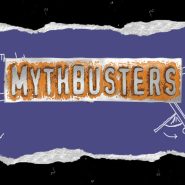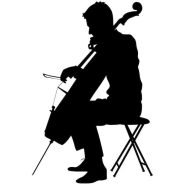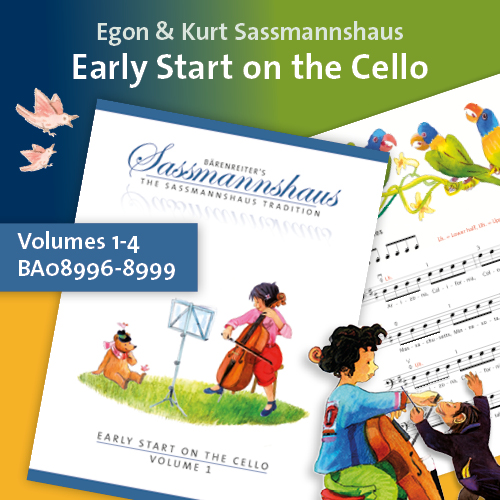Tag: tempo
By Melissa Kraut March 14, 2013
Subjects Artistic Vision, Practicing
Tags achieve a common goal, athlete, bleachers, cello, cellobello, chamber music, Cleveland Institute of Music, competitions, discipline, early morning practice, eat well, exercise, frustration, getting enough sleep, high school orchestra assembly, increments, Interlochen Arts Academy, letter jacket, Melissa Kraut, orchestra, passion, pool, professor, progress, refine a skill, Reflections fro the bleachers, repetition, sick, sleep well, stretch, successful musicians, swimming, swimming mom, tempo, timing, training, unhealthy, Wenger chairs
By Jonathan Pegis January 9, 2013
Subjects Orchestra, Repertoire
Tags audition excerpt, Auditions, Beethoven, Beethoven Symphonies, Beethoven's 5th Symphony, bow control, bowings, breathing, cello, cello excerpt, cellobello, control, effortless, experiment, experimentation, fingerings, intonation, Jonathan, Northwestern, pacing, Pegis, phrasing, slow breathing, string crossings, Symphony, tempo, variations, variations on a theme, vibrato
By Jonathan Pegis December 11, 2012
Subjects Orchestra, Repertoire
Tags attention to detail, Beethoven, Beethoven Symphonies, Beethoven's 5th Symphony, bow control, bow technique, cello, cello excerpt, cellobello, continuous vibrato, details, dynamics, Excerpts, intonation, Jonathan, legato, melody, musicality, Pegis, phrasing, practice tips, Preparation, Rhythm, shifting, singing, Sound, sound production, technical challenges, tempo, vibrato
By Brant Taylor May 2, 2012
Tags artistry, Auditions, Brahms, Brant, cello, cellobello, color, control, dynamics, Excerpts, exploration, fingerings, goals, inflection, legato, nuance, shifting, success, Taylor, tempo, understanding
By Brant Taylor November 16, 2011
By Natasha Brofsky March 16, 2011
Subjects Practicing
Tags art, bowings, Brofsky, cello, context, emotion, experiment, fingerings, imagination, inspiration, motion, movements, musical, musical imagination, musicians, Natasha, performance, phrasing, Practice, productive, success, tempo






